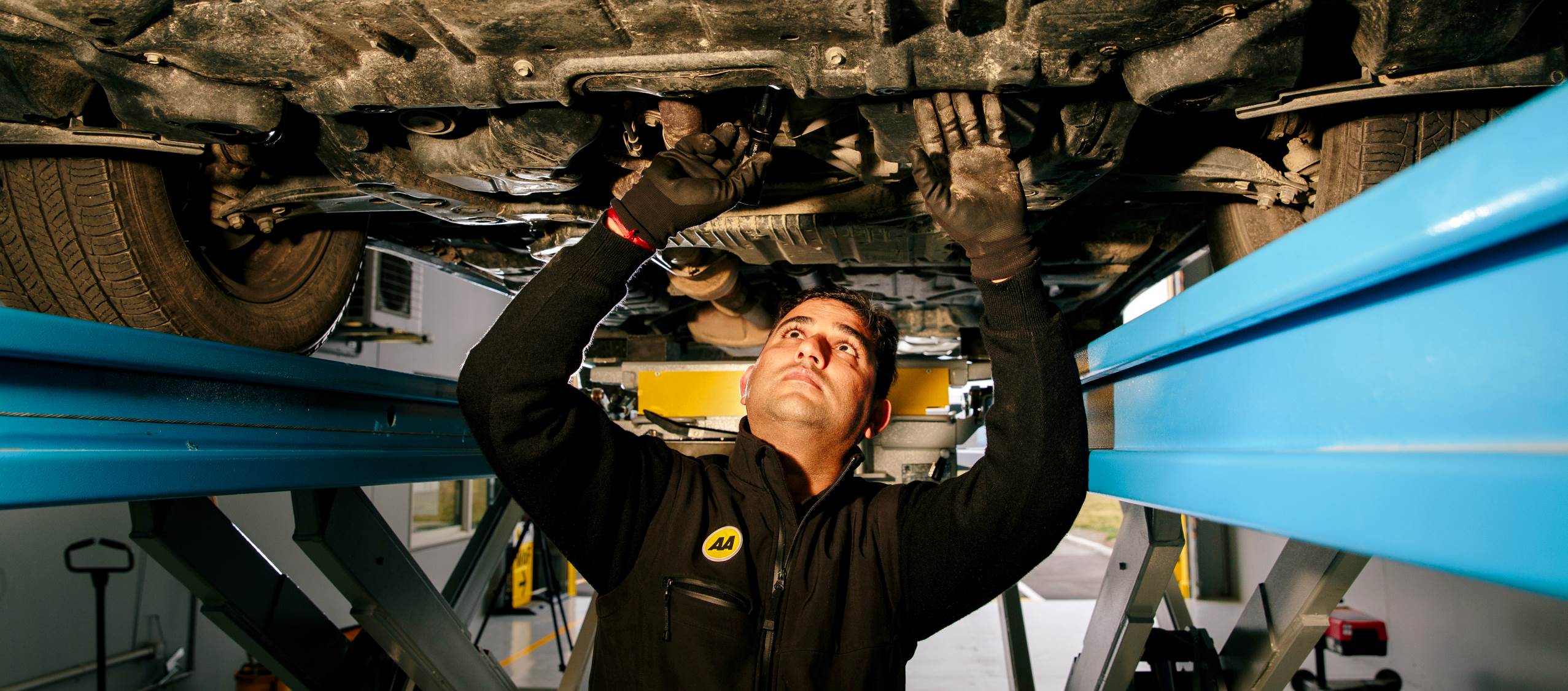
Should your next SUV be 2WD or AWD?
Last year, SUVs made up half of all vehicles sold in New Zealand, which is not really surprising when you consider the draw of the practicality and accessibility of the modern day SUV. Here is a guide to help you decide between AWD or 2WD...


